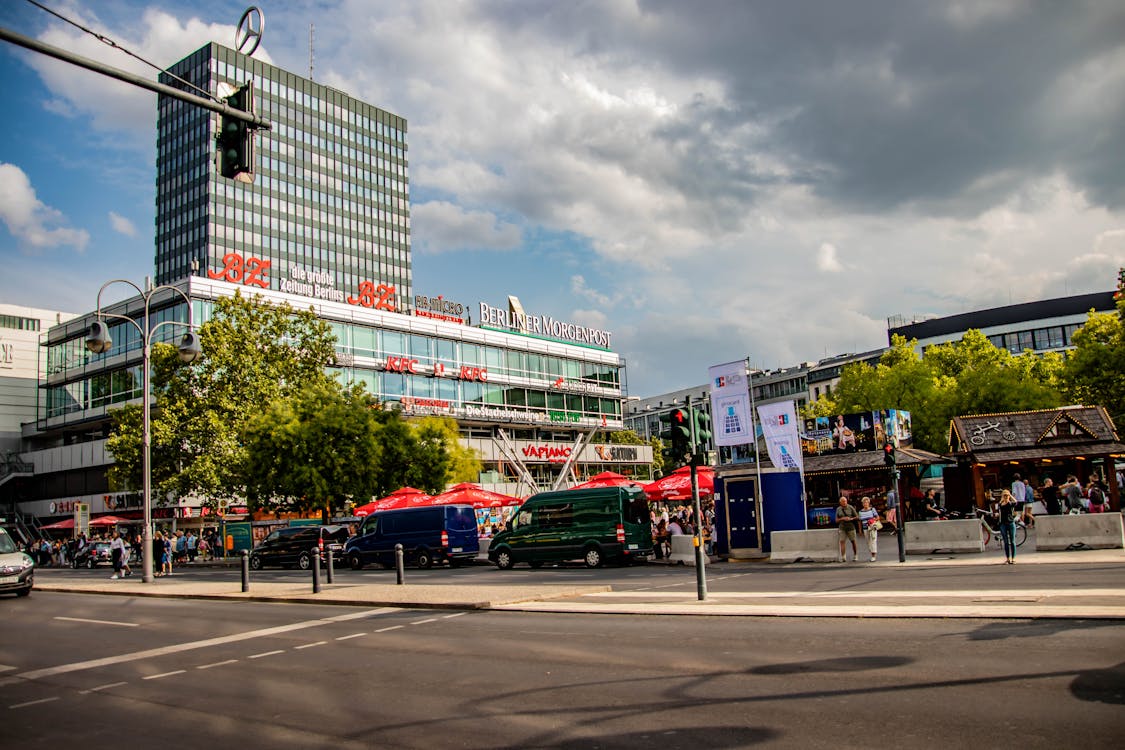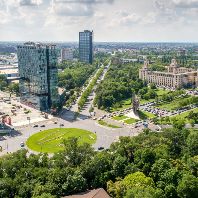Housing (Real Estate)
For more than twelve years, Berlin's real estate market has experienced a continuous upward trend. During this period, the interest rates were at an all-time low for nearly 8 years. Simultaneously, the housing deficit was immense compared to other European cities, and there was a tremendous potential for growth. This resulted in a market that was in a self-reinforcing cycle, with factors contributing to soaring prices.
However, with the outbreak of the Corona pandemic, supply chains were interrupted, and there was a shortage of personnel. These factors, along with the increasing cost of construction, brought the new construction segment under pressure. The Ukraine war further exacerbated the situation, leading to a surge in construction costs. The higher construction interest rates and consumer purchase restraint aggravated the issue, creating significant liquidity shortages. Consequently, bankruptcies are on the rise, and even planned, or well-advanced projects are being delayed or stopped.
Low construction interest rates were the primary driver of the existing market for an extended period, allowing investors to depict even low yields with about 1% interest, counting on rising rents and purchase prices. With higher construction interest rates, the larger gap that has arisen must either be compensated for by lower purchase prices, higher rents, or both, which is already happening. Rising purchase prices will lead to an extra bonus later. Currently, prices are falling in many locations, while at the same time, rents are noticeably increasing.
The cost of an existing apartment in Berlin is around €5,440m2, according to GUTHMANN. The offering prices for such apartments have decreased by 1.50% compared to the same period in 2022.

Office
The Berlin office rental market has remained stable despite the economic uncertainty. Recent research from CBRE shows a decline of 18% in the take-up volume during the first three quarters of 2023, which totalled 471,200m2. However, the third quarter has been the strongest of the year so far, with a take-up volume of 186,500m2.
Despite the market's modest performance in recent months, companies are still willing to pay higher rents for high-quality office space. The prime rent has increased by €1 to €44.00m2/month in the past year.
The weighted average rent has remained steady at €28.55M2/month. As a result, Berlin maintains its position as the office market with the highest average rent level among the top 5 office markets in Germany.

Retail
Despite the challenging macroeconomic environment, Germany's retail letting market remained resilient during the first half of 2023. According to JLL's analysis, the market saw a steady performance with 213,000m2 of letting take-up and 414 leases signed, matching the trend of the past six quarters. Although the number of deals in the first half of 2023 was lower than that of the same period in 2022, which saw 470 deals, the letting take-up only decreased by 2.0% compared to the previous year. This was primarily due to the leasing of larger units of over 2,000m2, which accounted for 38% of the total letting take-up in the first half of 2023, up from approximately 25% in the previous year. The textiles segment, particularly clothing stores and young fashion suppliers drove the demand for large-volume lettings, securing 51,000m2 of space.

Logistics
JLL's studies reveal that in the first half of 2023, the Berlin region saw a take-up of approximately 119,000m2 of warehousing and logistics space, marking the lowest recorded half-year take-up result in a decade. The figure is solely a result of letting activities, as no owner-occupier deals were registered.
The largest letting during this period, which was for 15,000m2, was concluded by Bar & Ollenroth, a retailer. The logistics company BLG Logistics and the eCommerce company Flink SE followed, taking 8,000 and 6,600M2, respectively. Retailers led the industry ranking with 43%, followed by manufacturers and distribution/logistics companies with 15% and 13%, respectively.
In the first half of 2023, around 94,000m2 of warehousing and logistics space were completed. Of the approximately 137,000m2 of warehousing space under construction in the region, only 120,000m2 are still vacant. The supply of available space in existing properties is also scarce, particularly in urban areas.
The prime rent for warehousing space in the >5,000m2 category, which previously rose from €6.50/m2 per month to €7.50m2 per month in the fourth quarter of 2022, remained unchanged in the first half of 2023.
For more information, please see:
Guthmann. Real Estate Report Berlin 2023
CBRE. Berlin Office Market Q3 2023
JLL.Retail Market Overview Germany - H1-2023
JLL. Logistics and Industrial Market Overview Germany - H1-2023
Image source - Pexels.















